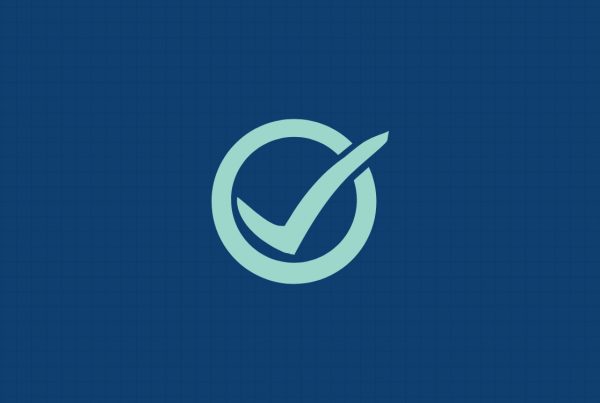Compliance workers, financial advisors, risk managers, lawyers, regulatory consultants, and others who deal regularly with compliance all share a similar predicament: They bring a lot to the table in terms of expertise and experience, but are endlessly bogged down by administrative tasks such as scouring regulator websites and newsfeed to keep up with rule changes, or reading dense regulatory text to advise the business on what is required of them to stay in compliance.
The global pandemic has upended businesses across the world, and compliance leaders are now being asked to do more with the same — or reduced — headcount. As RegTech grows in both necessity and ubiquity, finding the right balance of in-house staff, contractors, and technology is more crucial than ever.
But the processes of evaluating technology providers and implementing new solutions are not easy ones. Some organizations work through them with great success — and others with great frustration.
At a time when wins and failures have greater impact than ever, here are few examples of each to help you better plan your next technology implementation.
—
Win: When Automation Empowers and Equips People
Risk and Compliance teams possess unique and significant expertise, so the point of bringing on new technology should not be to eliminate humans from the equation. Instead, it should be about determining how you can better leverage existing skills to drive better results. Where does technology fit, and where do humans fit?
With the right balance, technology can transform once highly manual processes into ones of efficiency.
Fail: When New Tech Does Not Align with Business Objectives
Sometimes tech solutions are tasked with pie-in-the-sky objectives — which would require a significant investment and years of work to achieve (while in the meantime, most likely, new tech would appear that would offer a better fit). Other times it’s the opposite. Companies will sometimes onboard point solutions that hit only a very narrow need and that do not offer the ability to expand in functionality over time. This approach can be successful if the business does not expect this specific to evolve, but often the lack of apparent value weakens the case made for implementing it in the first place. The tool must then be ripped out and replaced down the road as business objectives expand beyond it.
This is why it the capabilities of any new tech should be as aligned as possible with organizational goals. Will the technology meaningfully automate an existing process where resources can then be redirected in service of a business objective? Do the right resources — both financially and personnel-wise — exist to make the implementation a success so the full value of the solution can be realized? Is the timing right for the business?
Where implementations happen most successfully is when these questions have answers.
Win: Getting Buy-In from Senior Leadership
The opportunity to leverage new technologies can appear at any tier of a business — from a supervisor recognizing a way to streamline efficiencies as a team, to an analyst recognizing a routine task that can be automated. But for the application of technology to be successful, there needs to be buy-in from the top down.
Leadership needs to not only recognize and believe in the value of a new solution, they also need to understand their role in helping to drive usage. When this happens, doors are opened for a successful implementation, and — even more importantly — culture is aligned around the importance and proper use of technology.
READ MORE: How to Instill a Vigorous Culture of Compliance
Fail: An All or Nothing Approach
Too often, companies look at taking on a new technology as something that must be done completely or not at all. There are a few issues with this approach.
Even after thoroughly auditing a new solution, it can sometimes be difficult to know if it is a right fit for your processes until you actually adopt it and implement it. Making this a piecemeal approach, where you might implement one tier of a solution before taking on the complete version, can help make the process much smoother. You have an opportunity to gradually introduce automation into your workflow, increasing your understanding of its functionality and your trust in its capabilities.
Additionally, a piecemeal approach can make the price point less painful. Decision makers are likely more willing to sign off if this is the case, and you can begin to see the cost-saving power of the solution in real time.
Win: Thoroughly Vetting Tech Providers
The more you know about the solutions you are considering, the more you can accurately evaluate them — and trust that they work as advertised.
This includes educating yourself about how the technology works so that it does not seem like a black box. This also includes educating other stakeholders, so they can appreciate the total value offered.
Ask the vendor for references. Ask to speak to customers where the solution worked well — and where it didn’t. Ask for case studies and results that bear out the true cost-benefit. Ask to speak to the vendor’s product and operations teams.
These questions are key to understanding at a hands-on level how the solution would fold into your team’s day-to-day activities.
READ CUSTOMER STORY: Global Top 50 Bank Achieves 99% Cost Reduction in GDPR Compliance
Stay Ahead of the Curve — And Your Competitors
The world will almost certainly be somewhat different after this crisis is over, but some things will undoubtedly still be the same. Organizational pressures will still exist. Competition will still be there. Companies will still see a need to be as efficient as possible.
The right technology solution can help drive better response time to customers, optimize costs, open up new revenue streams, and create better processes to reduce risk. Consider taking the time to determine which solution is best for your business and your needs so you can stay ahead of the curve.
Enjoy this article? Subscribe to receive helpful content designed to help you win at compliance.







